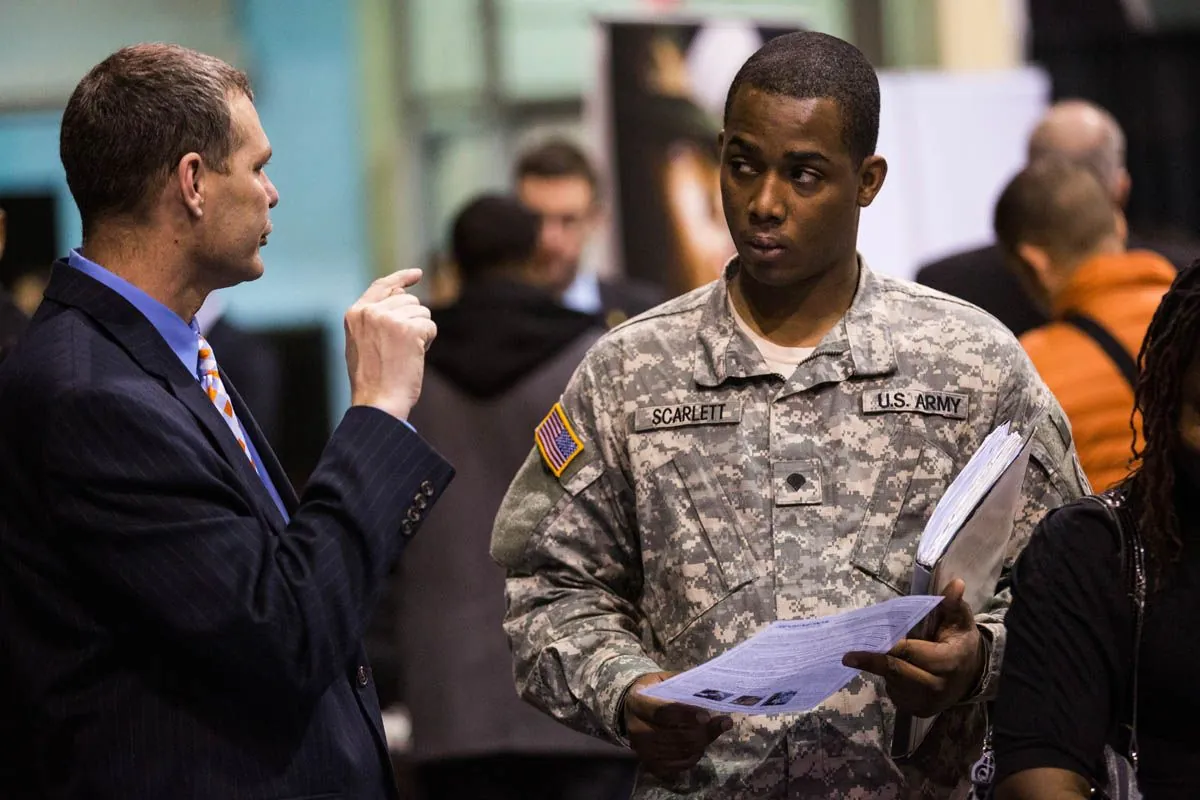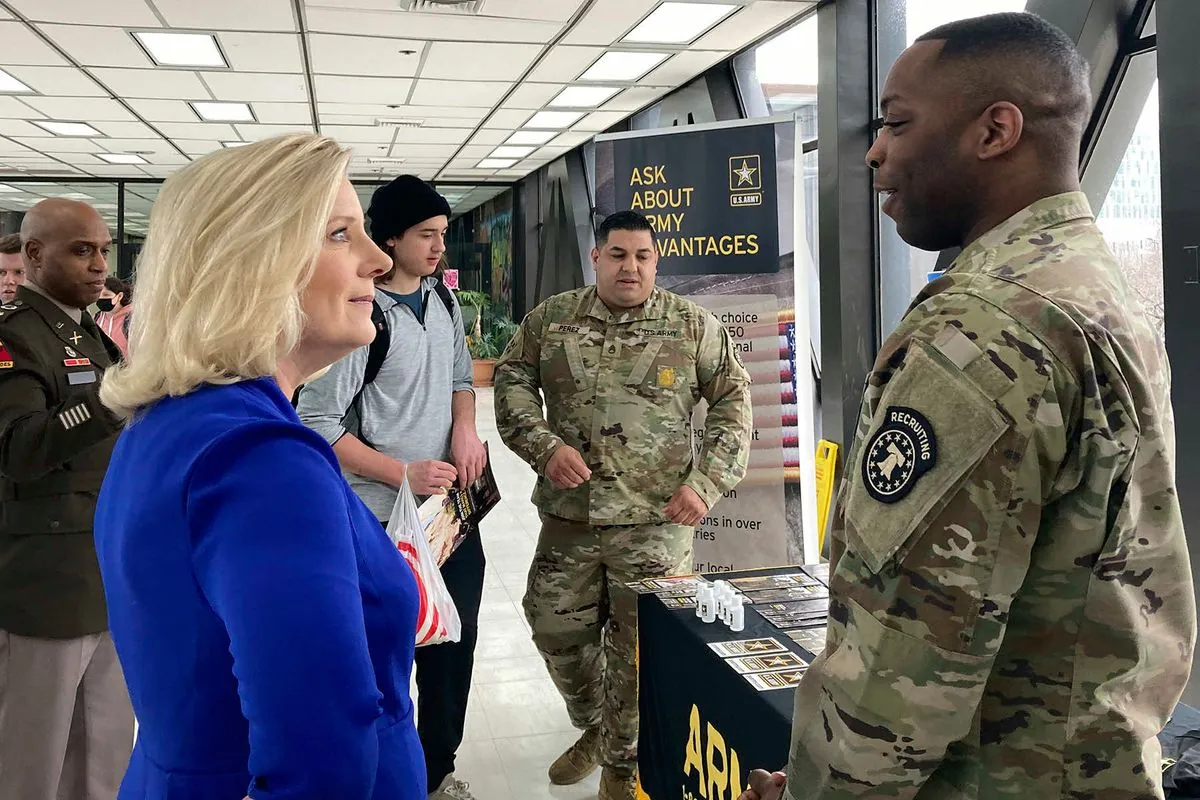Army Recruiters Face Uphill Battle in Changing American Landscape
In New Jersey, Sgt. Beaston and his team struggle to meet Army recruiting quotas amidst societal shifts and dwindling interest in military service. Their efforts highlight broader challenges facing the US armed forces.

In the heart of New Jersey, Sgt. 1st Class Dane Beaston and his team of Army recruiters face a daunting challenge. Their mission: to find willing and qualified candidates for military service in an increasingly complex and changing American landscape.
The Toms River recruiting station, one of about 1,500 across the nation, is tasked with enlisting seven recruits in June 2024 - their highest monthly quota of the year. This pressure reflects a broader crisis facing the U.S. military, which has struggled to meet its recruiting goals in recent years.

The Army's recruiting woes are not isolated. In fact, all branches of the U.S. military, except for the Marine Corps, missed their 2023 recruiting targets. This trend has forced the Army to lower its expectations, aiming for 55,000 recruits in 2024, about 10,000 fewer than the previous year's unmet goal.
Several factors contribute to this recruitment challenge:
- Only 23% of Americans aged 17-24 meet the Army's standards
- Declining interest in military service among young people
- Increasing polarization and declining trust in institutions
- Changing demographics and language barriers
Beaston and his team employ various strategies to overcome these obstacles. They distribute flyers offering tuition assistance, engage with potential recruits in public spaces, and leverage social media platforms. However, the task remains formidable.
One significant hurdle is the language barrier, particularly with the growing Hispanic population in the region. Staff Sgt. Jesus Ramos, a bilingual recruiter, works to bridge this gap, but challenges persist. Many prospects struggle with the Armed Services Vocational Aptitude Battery (ASVAB), the military's entrance exam, due to limited English proficiency.
Despite these challenges, success stories emerge. Seven Wattley, an 18-year-old recruit, exemplifies the potential impact of military service on individual lives. Coming from a challenging background, Wattley sees the Army as an opportunity for personal growth and stability.
"I'm officially part of the team."
The recruitment process also reveals changing attitudes towards military service. While previous generations might have been motivated by events like 9/11, today's youth often view military conflicts as distant historical events or costly mistakes.
Beaston remains optimistic despite the challenges. He encourages his team to persist, drawing inspiration from historical figures like Theodore Roosevelt. The station has shown improvement, increasing its success rate from 43% to 72% of its regular Army goal in the current fiscal year.
As the Army adapts to new realities, it's exploring innovative approaches, including the use of artificial intelligence tools to identify promising candidates. Gen. Randy George, the Army's top officer, acknowledges the ongoing nature of this challenge, stating, "This isn't one of those things where you say we kind of have it figured out and we're good to go."
The story of Beaston and his team underscores a critical juncture for the U.S. military. As societal attitudes shift and the pool of eligible recruits shrinks, the armed forces must evolve their strategies to ensure they can continue to attract the personnel needed to maintain national security in an increasingly complex global landscape.


































